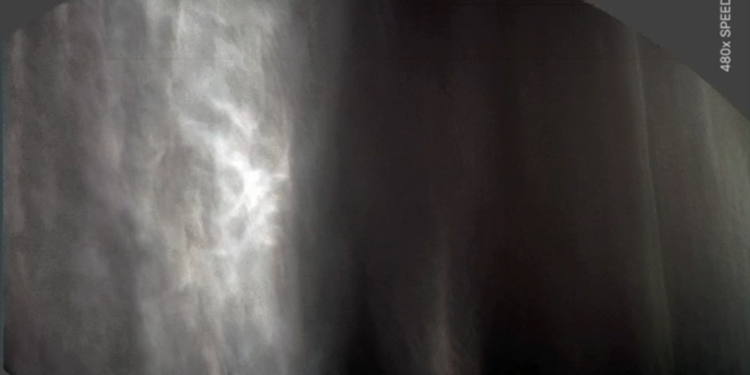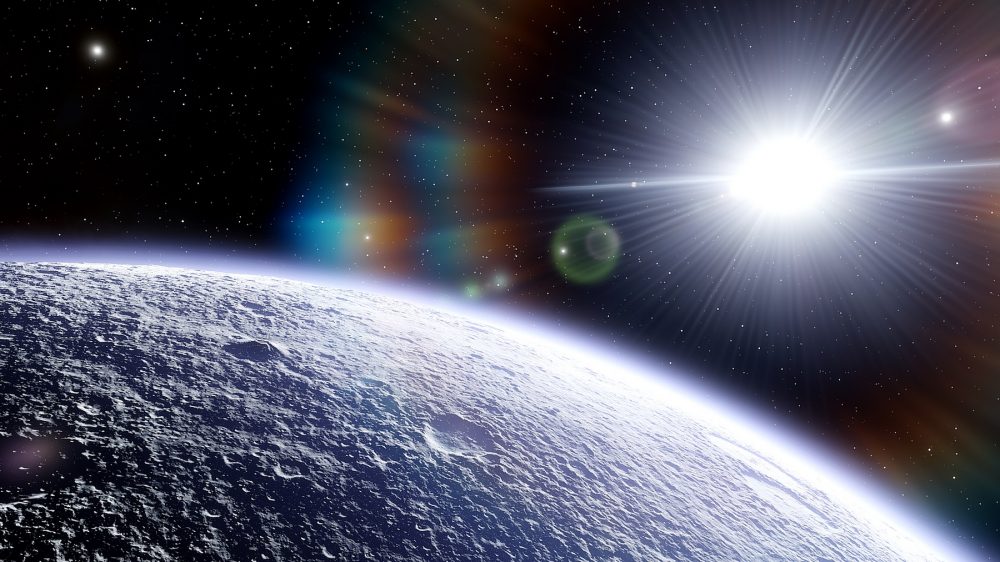NASA’s Curiosity rover has once again delivered breathtaking imagery from Mars, capturing delicate, iridescent clouds shifting in the planet’s thin atmosphere. These stunning formations, observed in mid-January, offer fresh insights into the seasonal changes occurring on Mars and raise intriguing questions about its atmospheric dynamics.
The recently captured clouds, appearing in shades of red and green, are classified as twilight clouds, meaning they glow in the fading light of the Martian sunset. These clouds form at exceptionally high altitudes where light scatters through ice crystals, producing an ethereal shimmer similar to Earth’s noctilucent clouds.
Unlike water-ice clouds seen at lower altitudes, these formations consist of frozen carbon dioxide—a phenomenon that remains largely unexplained. At elevations of around 60 to 80 kilometers, these clouds appear as wispy, white plumes before descending to lower altitudes and vanishing due to rising temperatures.
Why Are These Clouds So Unique?
Twilight clouds on Mars have been observed before, but their unpredictable nature makes each sighting an opportunity for discovery. Curiosity’s latest findings mark the fourth Martian year that the rover has documented these shimmering clouds, yet similar phenomena have not been detected by other active missions, such as Perseverance in Jezero Crater.
Scientists believe that atmospheric gravity waves—disturbances that travel through the thin Martian air—might be responsible for cooling certain regions enough to allow carbon dioxide to condense into ice. However, the exact mechanism remains a mystery.
Mark Lemmon, an atmospheric scientist at the Space Science Institute, suggests that these gravity waves might be more common in Gale Crater, where Curiosity operates. “We didn’t expect carbon dioxide clouds to form in this region, so something unusual is happening in the local atmosphere,” he explains.
What These Clouds Reveal About Mars’ Climate
Every new observation of these clouds helps researchers refine their understanding of how particles behave in Mars’ atmosphere. Studying their formation and disappearance provides clues about temperature variations, wind patterns, and seasonal shifts on the planet.
Curiosity’s ability to capture these delicate formations is particularly impressive given that one of its primary imaging tools, the Mastcam, has a stuck filter wheel. Despite this limitation, mission controllers have skillfully worked around the issue to continue obtaining valuable data.
Beyond the Clouds
In addition to its atmospheric observations, Curiosity has been busy analyzing the Martian surface. The rover recently explored a shallow impact crater named “Rustic Canyon,” examining the weathered rock formations within it. Scientists suspect that craters like this one may expose ancient, buried materials that could hold clues to Mars’ past habitability.
Curiosity is now heading toward a region featuring box work formations—intricate fracture patterns left behind by ancient groundwater activity. These structures resemble spiderwebs when viewed from orbit and could offer more evidence of Mars’ watery history.
With each passing year, Mars continues to surprise scientists. The discovery of these twilight clouds adds yet another layer to our understanding of the planet’s complex and ever-changing atmosphere. As Curiosity moves forward on its journey, researchers eagerly anticipate what new secrets Mars might reveal.
Join the Conversation!
Have something to share or discuss? Connect with us on Facebook and join like-minded explorers in our Telegram group. For the latest discoveries and insights, make sure to follow us on Google News.











